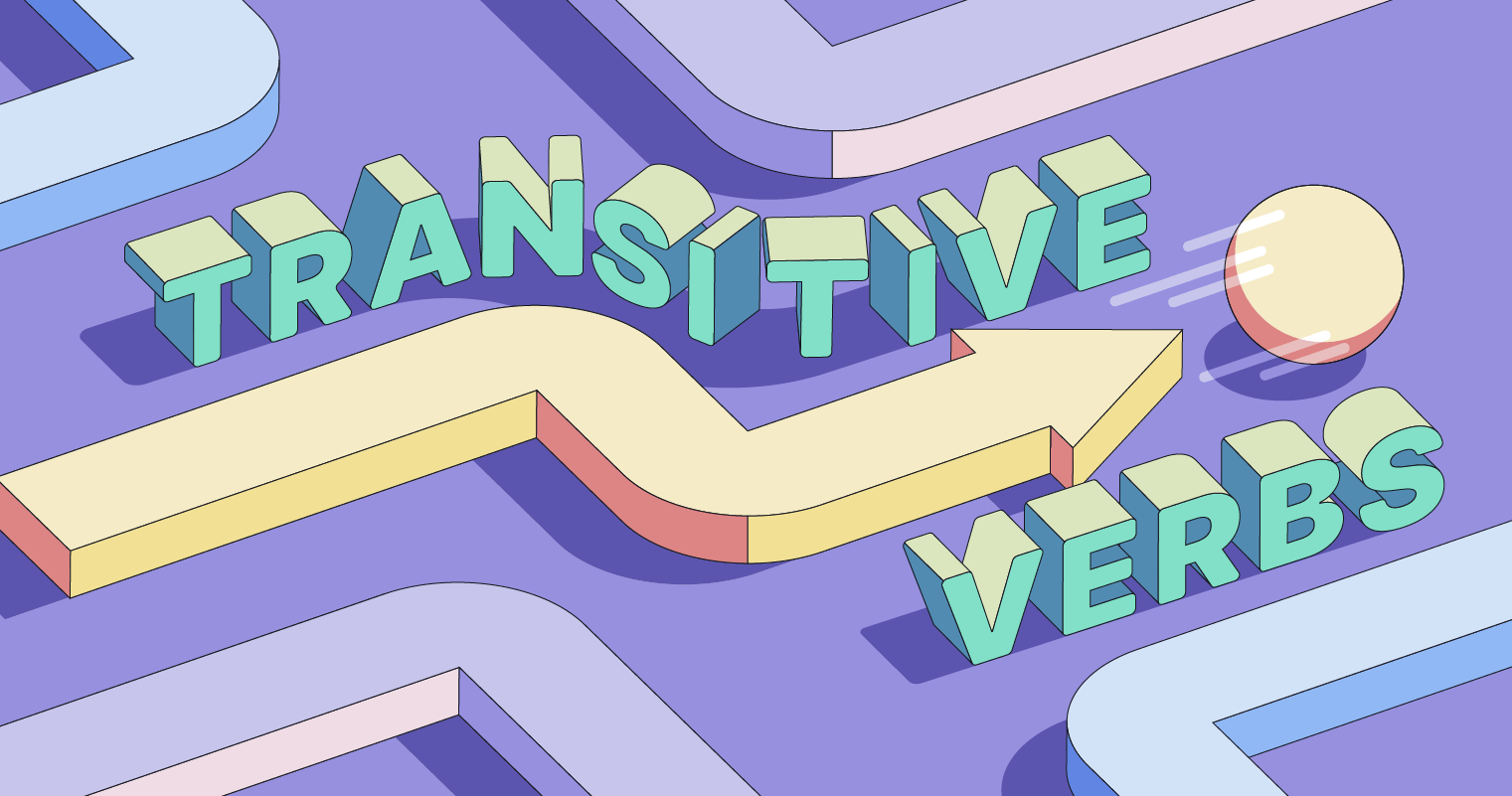Transitive verbs play a crucial role in the structure of a sentence. These verbs require an object to complete their meaning, making them an essential component of effective communication.
Understanding transitive verbs is key to mastering the English language and being able to express ideas clearly and accurately. Let’s delve deeper into the world of transitive verbs and how they function in sentences.
Transitive Verbs
Transitive verbs are action verbs that require a direct object to complete their meaning. In other words, they act upon someone or something. For example, in the sentence “She ate the apple,” the verb “ate” is transitive because it requires an object (the apple) to make sense.
Transitive verbs can be easily identified by asking the question “What?” or “Whom?” after the verb. If there is an answer to these questions, then the verb is transitive. For instance, in the sentence “He wrote a letter,” you can ask “Wrote what?” – the answer being “a letter,” which indicates that “wrote” is a transitive verb.
It’s important to note that not all action verbs are transitive. Some verbs, known as intransitive verbs, do not require an object to complete their meaning. For example, in the sentence “She sleeps,” the verb “sleeps” is intransitive because it does not act upon anything.
Transitive verbs can also be classified as monotransitive or ditransitive. Monotransitive verbs require only one object to complete their meaning, while ditransitive verbs require both a direct object and an indirect object. For example, in the sentence “He gave her a gift,” the verb “gave” is ditransitive because it has both a direct object (a gift) and an indirect object (her).
Closing Thoughts
Transitive verbs are an essential part of the English language, helping to convey actions and relationships between subjects and objects in a sentence. By understanding the role of transitive verbs and how they function, you can enhance your writing and communication skills. So the next time you come across a transitive verb, remember to look for the object that completes its meaning!
